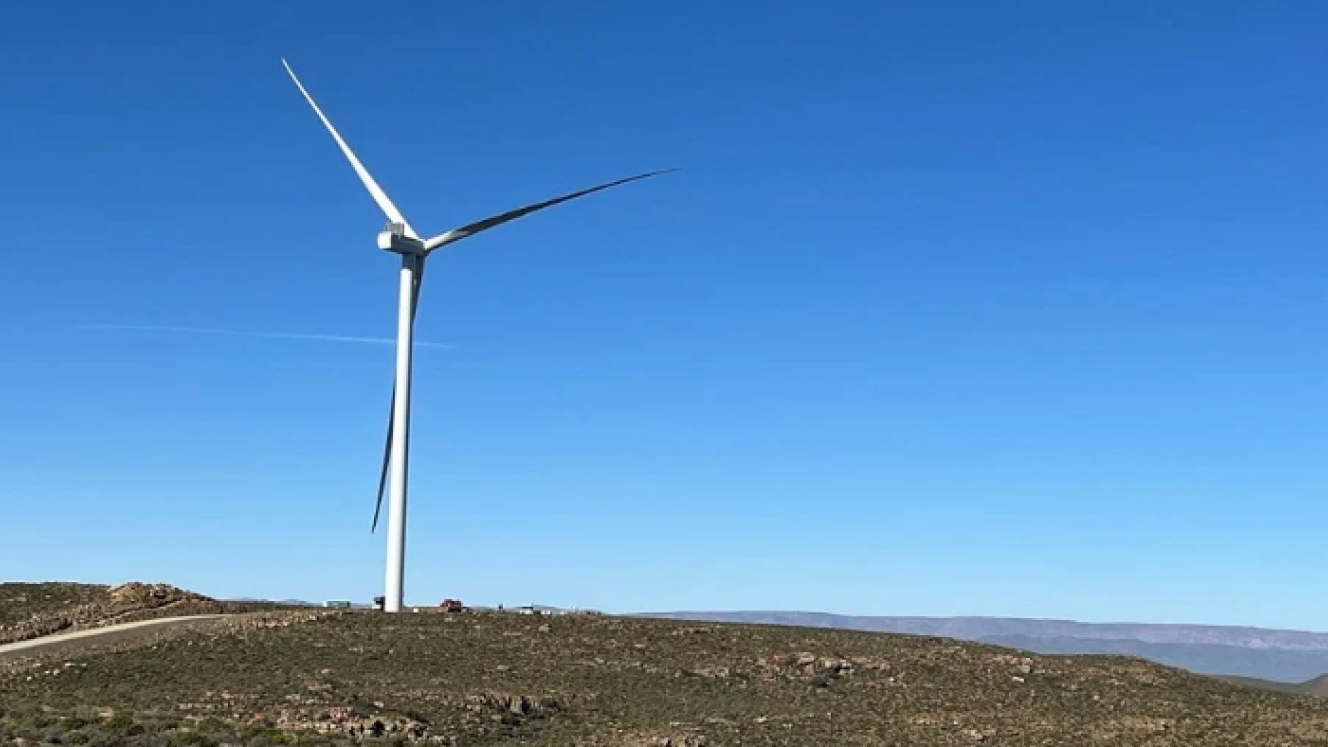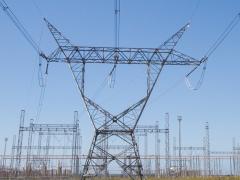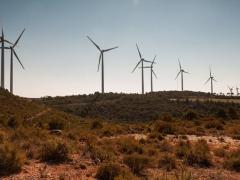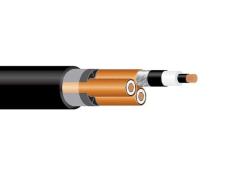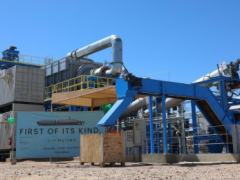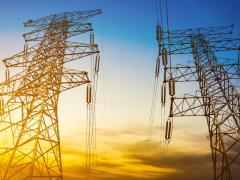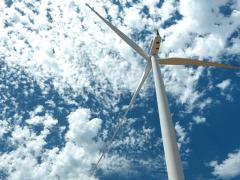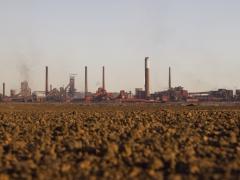Offshore wind is gaining traction not because we are running out of space on land, but because there is so much potential offshore with better wind regimes and fewer objections. The technology is continuously improving, and the costs – while still high – are rapidly falling as developers scale up. The largest turbines, those with 10 MW capacity or more, and providing 40% capacity are taller than New York's Statue of Liberty.
The latest wind farms come in 1 GW size or bigger. Sleepy little coastal towns surrounding the North Sea are turning into major ports for assembling, installing and maintaining massive offshore turbines.
Gigantic cranes and barges are among the critical, specialised equipment required to install the colossal turbines. These cranes can lift 6000 tons and rotate along their axis to maneuver the pieces in place, frequently in windy, foggy weather.
A new industry requiring skilled labour and specialised equipment has been born. Many service companies previously serving the offshore oil and gas sector are now finding lucrative business opportunities installing offshore wind turbines. The benefit: they need not worry about major oil spills or explosions.
With the rapid growth of offshore wind farms comes the rising demand for more transmission capacity to carry the generated power to load centres on land.
Recently, the UK’s Department for energy security and net zero (DESNZ) announced that the largest undersea cable will be installed under the North Sea connecting the UK and the Netherlands with offshore wind farms. TenneT and its UK project partner National Grid Ventures (NGV), will develop a multi-purpose interconnector, called LionLink. LionLink will carry 1,8 GW of electricity, much more than Kriegers Flag, which carries 0,4 GW between Germany and Denmark. LionLink is expected to be operational within ten years.
Acknowledgment
This article was first published in the June 2023 edition of EEnergy Informer and is republished here with permission.

